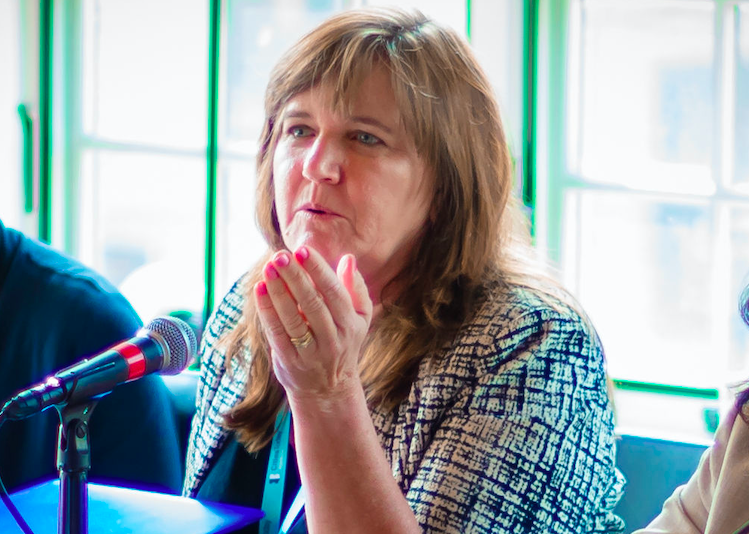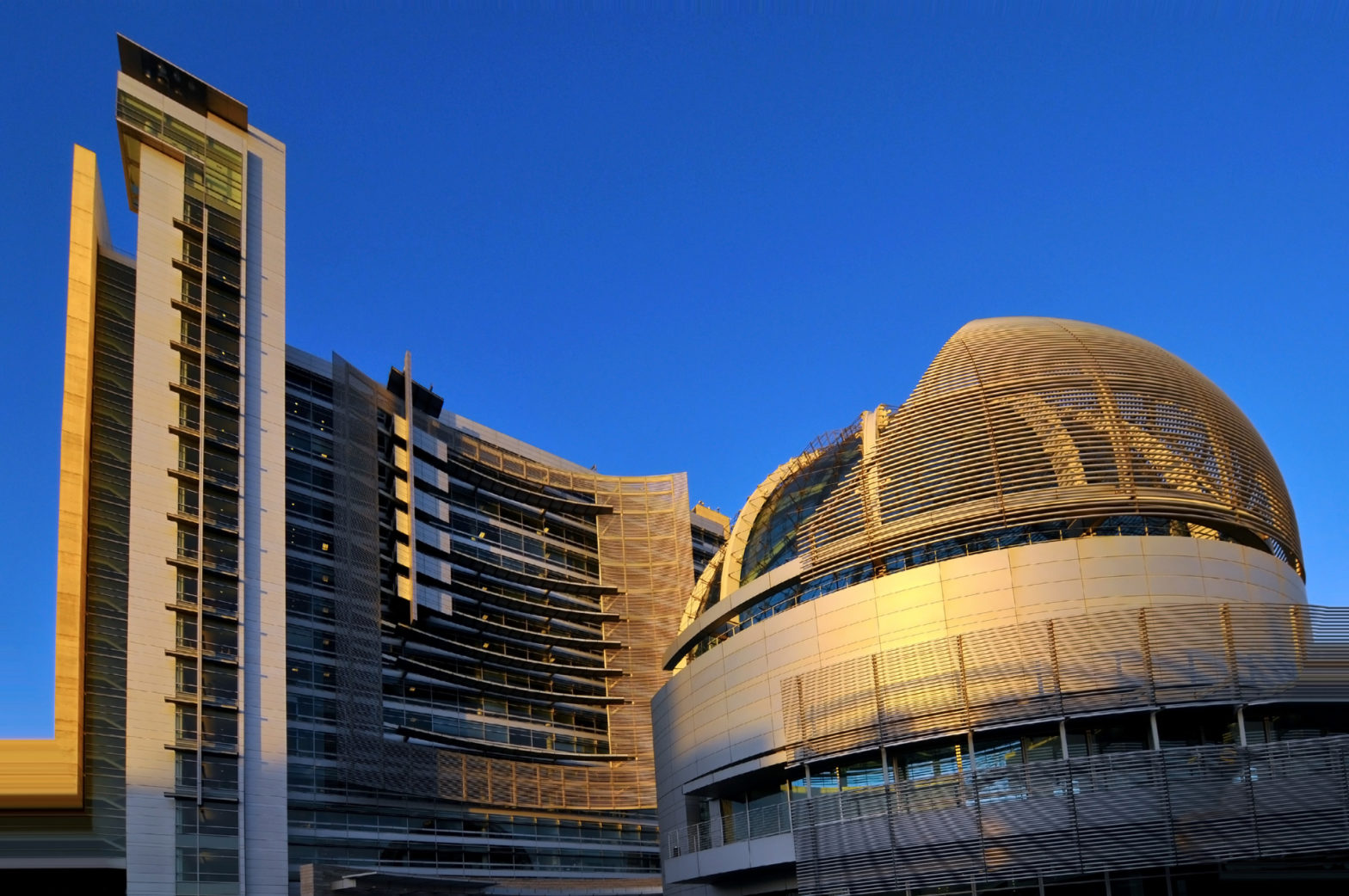
Photo: W Biederman / PFD Media
Los Angeles: the challenge of running a virtual government
30 March 2020
by Jonathan Andrews
Jonathan Andrews spoke to Jeanne Holm, Senior Technology Advisor to the Mayor and Deputy CIO, Los Angeles, about how her city is handling the coronavirus pandemic
What is the situation in LA?
The city of LA has 40,000 employees, and many of those are still required to be at their station to do services, like a sanitation worker or somebody who’s repairing the street. We don’t expect all of our staff to be able to work virtually but we have moved nearly 20,000 of our staff to telework. Twelve thousand of which are working through a new programme called Connect to LA City, which is a secure way of being able to access your work computer from home.
In addition, we’re doing a lot of data analysis looking at the issues around disease outbreak, hospital capacity, hospital surge capacity, and some issues around homelessness.
After the mayor’s emergency order, Safer at Home, we’ve closed all of our our public facing facilities like recreational centres and we’ve instituted a moratorium and closure for businesses that aren’t essential services.
What specific initiatives are you doing for the homeless?
Like many other cities around the world, LA has a homeless problem. We are very concerned about the vulnerability and health of people living on the streets, particularly around COVID-19. We’ve converted our recreational centres into homeless shelters, since those are close to the public. We’ve now opened 13 of those with an expectation of opening many more.
We’re opening them in phases, so we will have an additional capacity for 6,000 people just in the matter of a few weeks. We’ve been able to reach the pool of city workers from other areas like Parks and Recreation to staff those shelters.
How difficult is it to still get on with the everyday running of a city?
Half of my job is in the Mayor’s Office and the other half in the Information Technology Agency. We are obviously completely consumed in the Mayor’s Office although we are still moving ahead with other projects which are important for regular city service and even forward-looking projects around innovation and technology. Those are at a much slower pace and smaller scale just at this very moment but we’re continuing that.
In the Information Technology Agency we are continuing projects around procurement and data analytics platforms and we’re looking at a new human resources system.
The most essential focus for us is containing the outbreak as much as possible through public policy. Secondarily, keeping city services up and functioning, especially as people are becoming more vulnerable due to financial difficulties because businesses are closed and people are being laid off, or because of issues around the digital divide.
Just [last week] the mayor launched a new website, called Get Connected Los Angeles. A lot of our telecommunication companies have stepped forward in a heart-warming way to provide free and low-cost Internet services. This is especially for school kids or families with school kids but also people who are healthcare providers and educators, and for anybody who’s in a low-income area.
It integrates all of these different capabilities on how to get a computer for less than US$100 and how to get free or low-cost Internet. We’re distributing 380,000 computers to LA Unified School District kids and tens of thousands of WiFi hotspots to go with that.
Are you splitting up your time between home, City Hall, and the Emergency Operations Centre?
I was able to telework this entire week. A year ago we virtualised our 3-1-1 call centre which I oversee. We just had a few operators who were still chosen to come into the office but we sent almost all of those home.
That was easy to do because we’d already planned for this kind of emergency. Every one of them works from a laptop and a cell phone and is able to answer calls.
I oversee staffing for the Emergency Operations Center for IT and those folks have to be physically in that operation centre where other people are still around.
Secondarily, our desktop support folks are at the front line but I’m hoping that that will start to ease up this week as we finish getting everybody into their telework mode.
For those that still have to be a little bit hands on, we’ve implemented rotational shifts and given them gloves if they have to touch other people’s computers so they feel more secure.
What is the number one thing you need?
A lot of my role is helping other people get what they need so we’re looking at the supply chain of ventilators, personal protective equipment, and test kits. We’re trying to make sure that that’s moving forward aggressively now because if we wait two weeks, it’ll be too late. Because in our projections we’re just probably a week behind New York.
The other thing that’s really been useful and we are getting some of is data. Data about the number of cases and projections to make sure that we understand lessons learned from other cities. I’m in a bunch of different chat rooms with city CIOs all over the world, some of whom are a month or two ahead of us on this curve and have already been through the peak and the worst of it. And so we’re all learning so much from each other in preparedness.
If you asked me what I needed two weeks ago, I would have been overwhelmed. A week ago, slightly overwhelmed, and today I’m feeling slightly optimistic. We’re starting to get the data supply chain and the physical supply chain and things moving forward.
*If you are a CIO, mobility head, or sustainable/resilience officer of a city and would like to contribute and share your experiences with your peers regarding the coronavirus pandemic, please email: editorial@cities-today.com to speak with one of the Cities Today team








